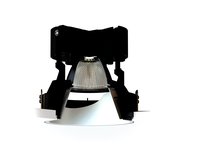Lighting
Furniture
Finishes & Decor





















































































